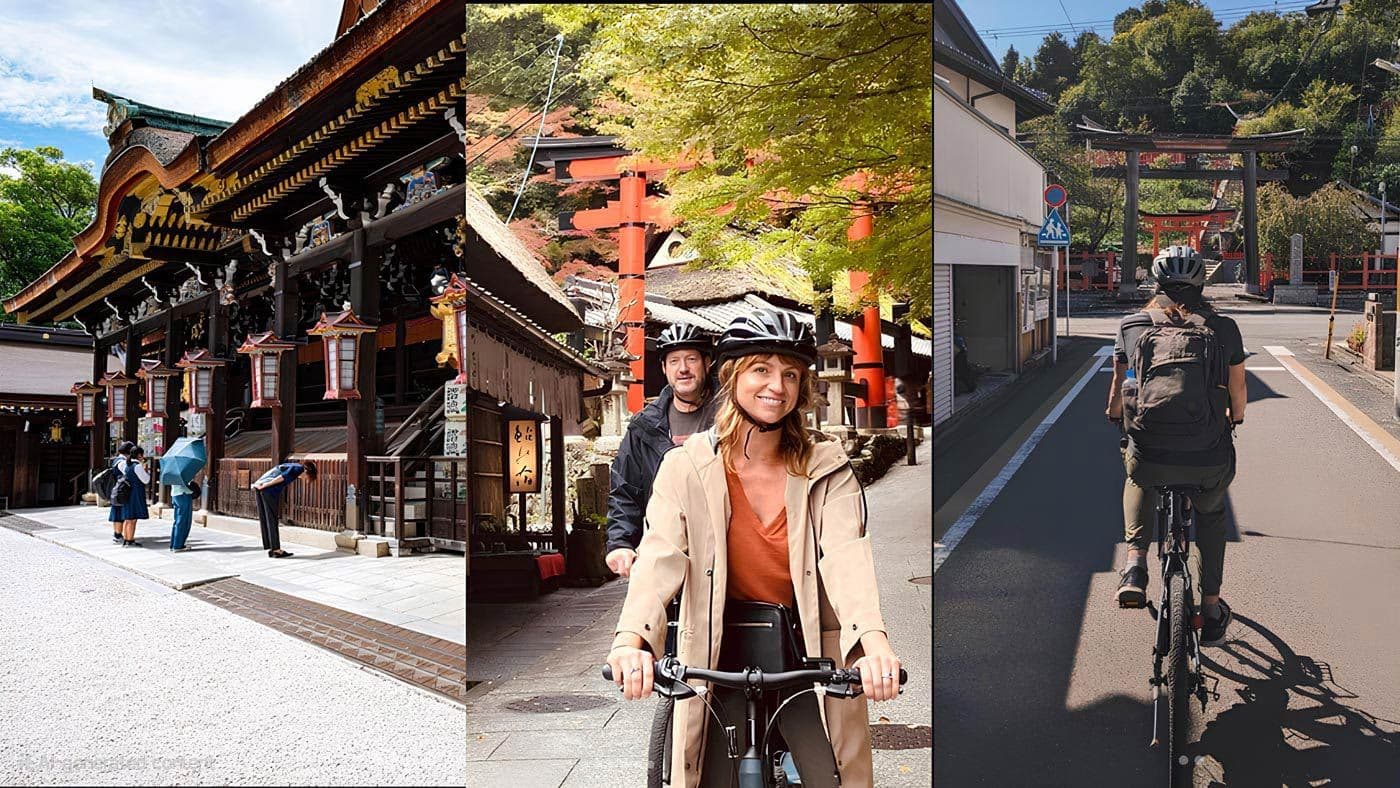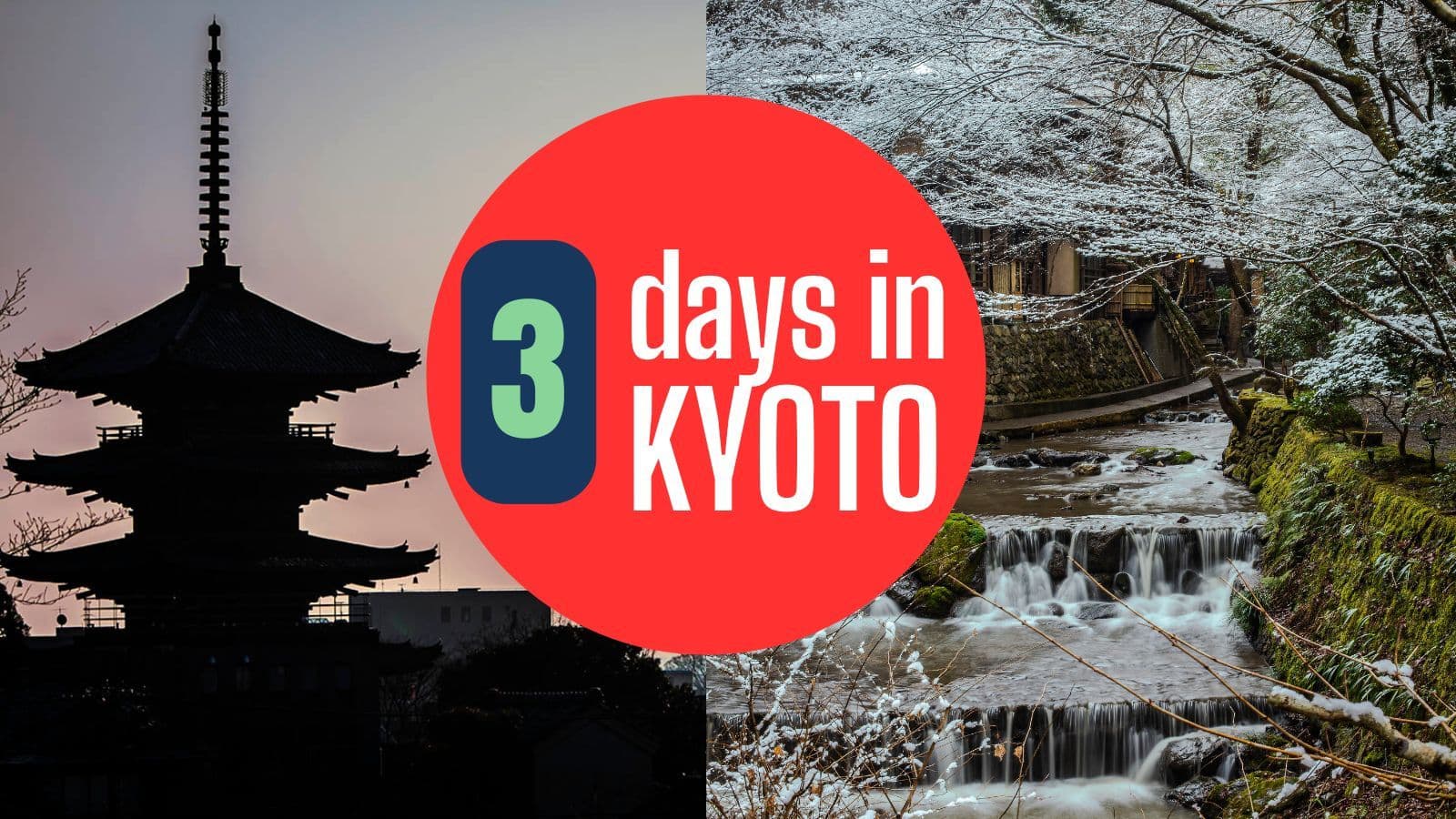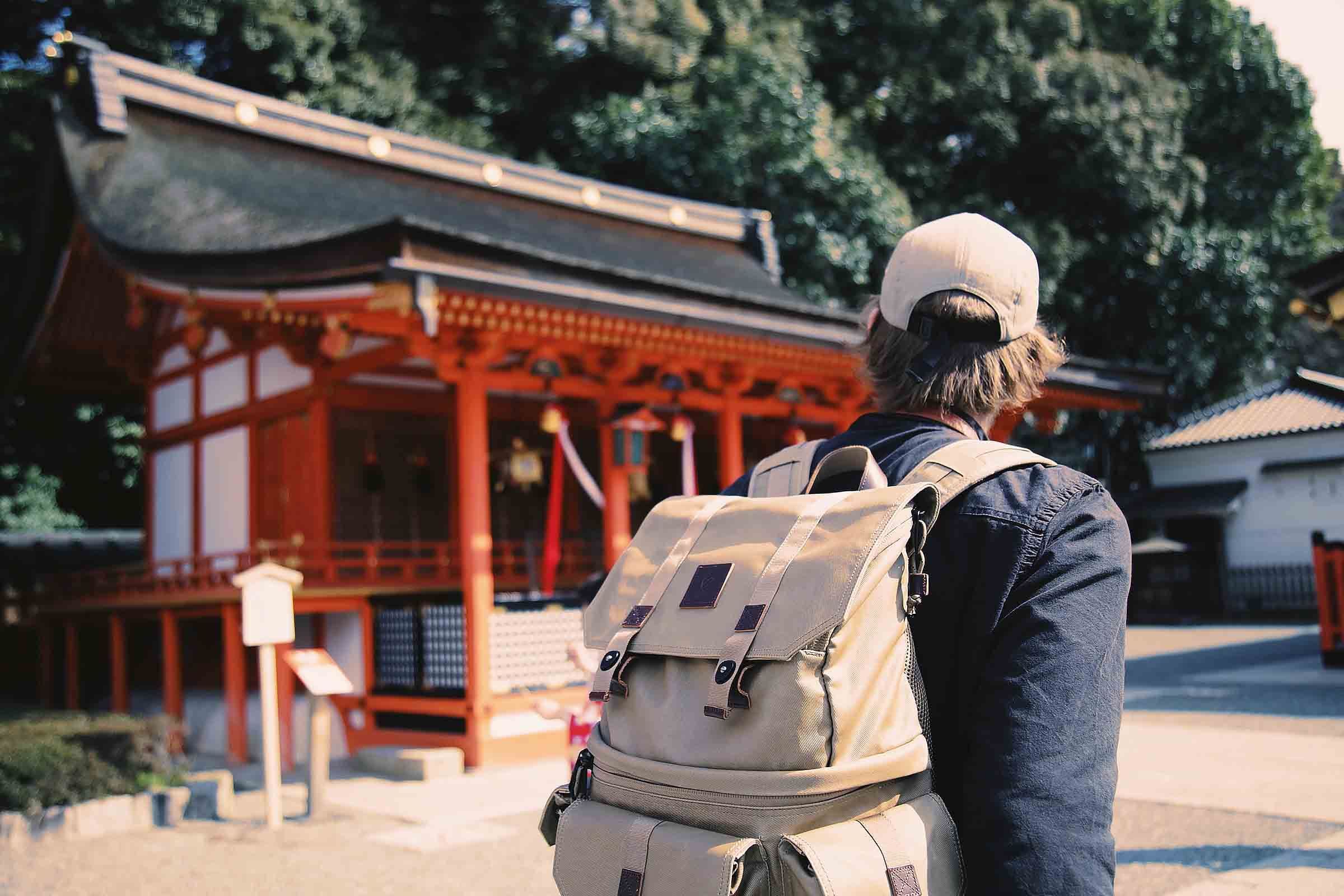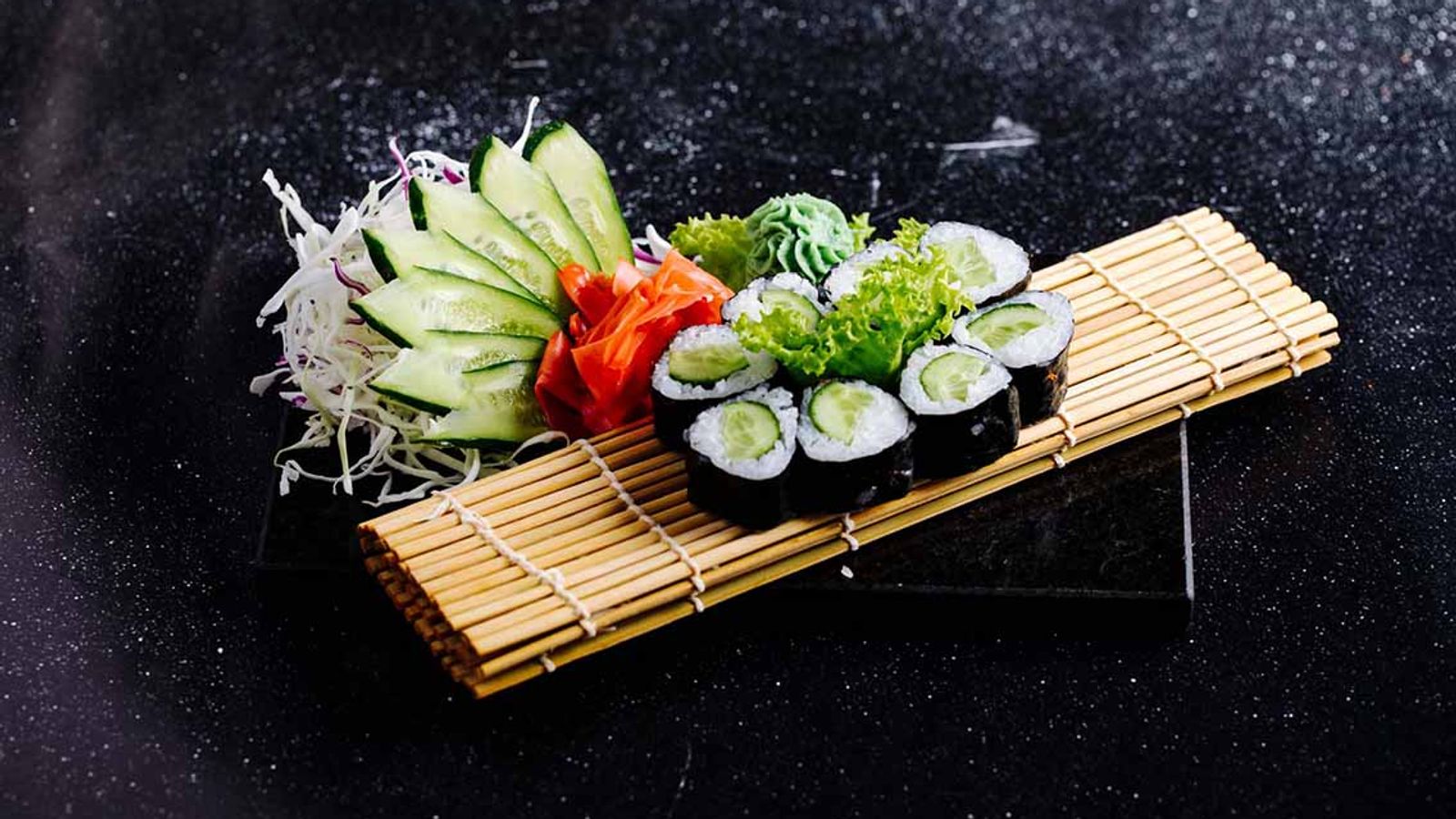
How to Navigate Japanese Food as a Vegan or Vegetarian
James Saunders-Wyndham

James Saunders-Wyndham
Table of contents:
Sometimes it can be hard to be a vegan or vegetarian in Japan. But if you know what you're doing and plan ahead, you can pick up your chopsticks and try some great Japanese food.
Modern Japanese food often includes fish (like sushi), chicken (like yakitori), or pork (like ramen). People in modern Japan don't often eat vegetarian, and when they do, they usually think of Buddhist or Shinto customs. But Japan is getting more like the rest of the world, and the number of vegetarian and vegan options has grown a lot in the past few years.
Despite vegan diet being part of Shinto religious tradition, many Japanese people see veganism as being too restrictive. Some people think that becoming vegan means their friends and family will have to work harder to make their food. This is connected to a deeper cultural idea of avoiding trouble for others.
I would tell people with special dietary needs to be aware that if they don't speak the Japanese, they might have trouble getting the right order. It's possible that many restaurants won't have tables or staff who speak English. But with a little planning and practice, you can make it clear to others what you like and need to eat. Having a note in written Japanese or using a translation app could be very helpful. It is also a good idea to learn a few simple Japanese words such as "yasai dake"(野菜だけ) (vegetables only) or "niku nashi"(肉なし) (no meat).
In Japan, it's not usual to ask for something to be taken out of a dish or to order something not on the menu. This could be seen as "troublesome" behavior. My mother once went to a coffee shop in Osaka and tried to order a coffee with specifics about how hot it should be and how much milk it should have. The staff didn't know what to do with this specific request. Service stopped, and all five employees got together behind the counter to talk about how to handle this order best. Mom finally decided to eat what was on the menu. Even though this happened to me, I will say that some places can be very helpful to their guests.
The early Japanese relied heavily on vegetables and seafood, and fermented both to extend their shelf-life. The aristocracy considered game meat as culinary delicacies. However, Buddhism (6th Century) caused a growth in opposition to meat consumption as it was seen as corrupt or unclean. Most people in the top class didn't eat much meat because they thought it was a social taboo to do so. In the 7th century, the Emperor made it illegal to eat certain animals from April to September, which was farming season. He did this because farmers thought these animals were useful in their daily lives.
America demanded that Japan open up to trade in 1854, and it wasn't until 1868 that the Meiji Emperor chose to change the traditional laws and attitudes about eating meat. It was suspected that the low meat diet contributed to the physical difference in size (the average height for men in 1900 was 5 foot 2 inches).

Note that Japanese people do not include 'fish' as part of the definition of meat when they talk about it. Many Japanese people argue (and Japanese people have said this to me) that the Buddhist religion does not consider fish as meat. Therefore, many Japanese people who refer to themselves as vegetarian will still consume fish and seafood products.
Japanese people often say, "We Japanese don't eat a lot of meat." However, chefs often use meat or fish-based stock for flavor, even when the dish doesn't contain meat. Most of the items at a restaurant contain meat. That's okay because you can just have some miso soup that the main meal comes with (miso soup is usually served as a side dish with a meal set). Well, I have some bad news for you. That miso soup may contain fish stock (you will need to clarify if they are using seaweed 昆布“konbu” or fish stock 出汁 “dashi”).
If you are a vegan or strict vegetarian, you might want to be aware of what ingredients go into popular stable dishes. If you ask the chef behind the counter, they might not perceive fish stock or chicken stock as ‘meat’ and will happily proclaim that “there is no meat in this dish.”
Japanese food can be an awesome adventure for any foodie, and that doesn’t need to exclude those who don’t eat meat. Japanese people do love their fresh vegetables, so there should always be something to find.
This is definitely top of the list! Buddhist monasteries have their roots in this vegetarian food, and it is known for its simplicity, awareness, and use of seasonal and local products. They beautifully set out and serve meals with many courses that are very tasty. There are a lot of Shojin Ryori places all over the country, but most of them are in Kyoto.
In recent years, people have started to trend towards vegetable-based ramen, even though ramen traditionally uses meat stock. Chefs replace the traditional meat-based stock with vegetable stock and substitute the tonkotsu (pork bones) texture and flavor, which is popular in many dishes, with soy milk. I have listed a number of Vegan restaurants in Tokyo, Osaka, and Kyoto to help point people in the right direction.
Tokkyu Ramen (vegan-option available)
When I say the word "sushi," many of you will only think of raw fish and other foods. In fact, people can make sushi in many different ways. You can use asparagus, cucumber, avocado, and pickled radish to fill makizushi, a type of sushi roll. Yuba, which is tofu skin, and inari-zushi, which are tofu bags filled with rice, are also available. Vegetable-based sushi can be a great way for vegans to try interesting Japanese cuisine.

You can modify another Japanese cuisine to suit vegetarian tastes, tempura. Tempura traditionally includes battered fish and vegetables. You can get vegetable tempura at a lot of places. It usually has a range of vegetables, like sweet potato, pumpkin, eggplant, and green beans.

Izakayas are traditional Japanese-style taverns, which serve small dishes and alcohol. Usually some of the most popular dishes are sashimi (raw fish) and yakitori (charcoal-grilled chicken on a stick). However, in recent years, more izakaya are including more vegan friendly options, e.g., tofu, mushrooms, and other seasonal vegetables are served either charcoal-grilled or deep-fried in kushikatsu style (a heavy deep fry) or a tempura style (a lighter deep fry).

To sum up, being a vegetarian in Japan is not always easy, but it is feasible. The country's food has changed so that vegetarians find it easier, and there are many tasty, filling vegetarian meals to choose from. There is something in Japan for every vegetarian, from traditional meals with a vegetarian twist to vegetarian-only establishments. Whether you're in the busy streets of Tokyo or the quiet temples of Kyoto, you can enjoy a food tour that pays homage to Japan's regional specialties.


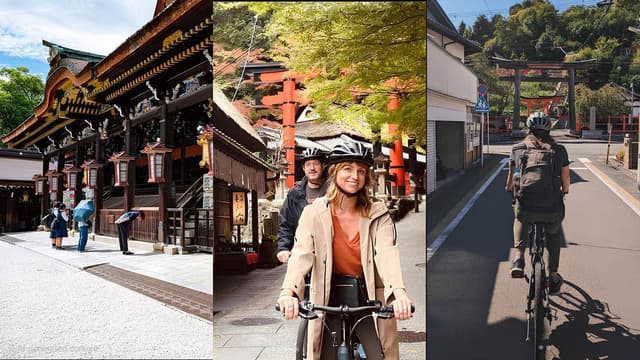
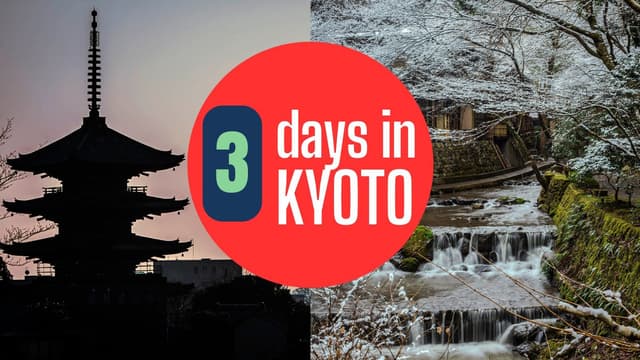

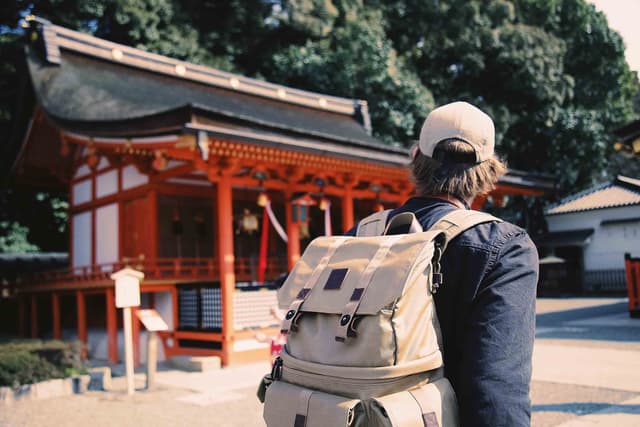

No FAQs available for this post.
Loading Comments...

I've been immersed in Japanese culture and daily life for over 30 years and am proud to call Japan my home. Originally from Australia, my journey has taken me from teaching at Japanese universities to traveling extensively across the country, uncovering its hidden gems. As a web developer, I built Romancing Japan from the ground up to share these experiences with you. Whether it's the charm of old Kyoto, the pulse of Tokyo, or the tranquility of the countryside, I love helping others discover the magic of Japan—one story at a time.

